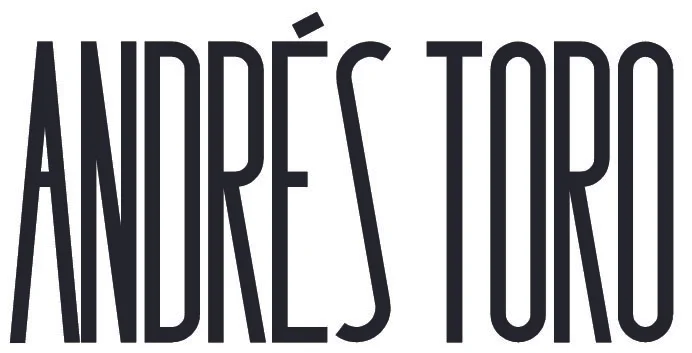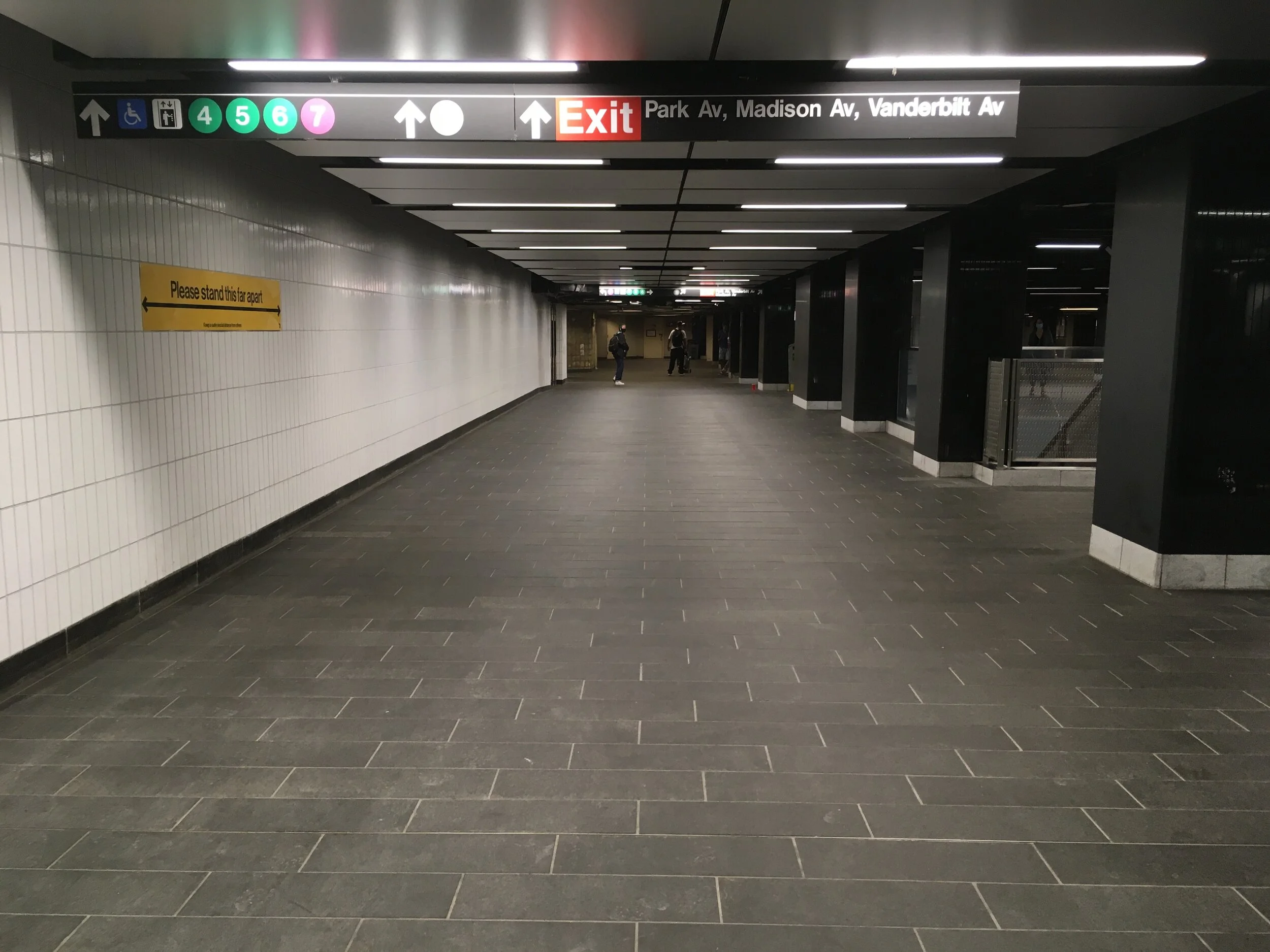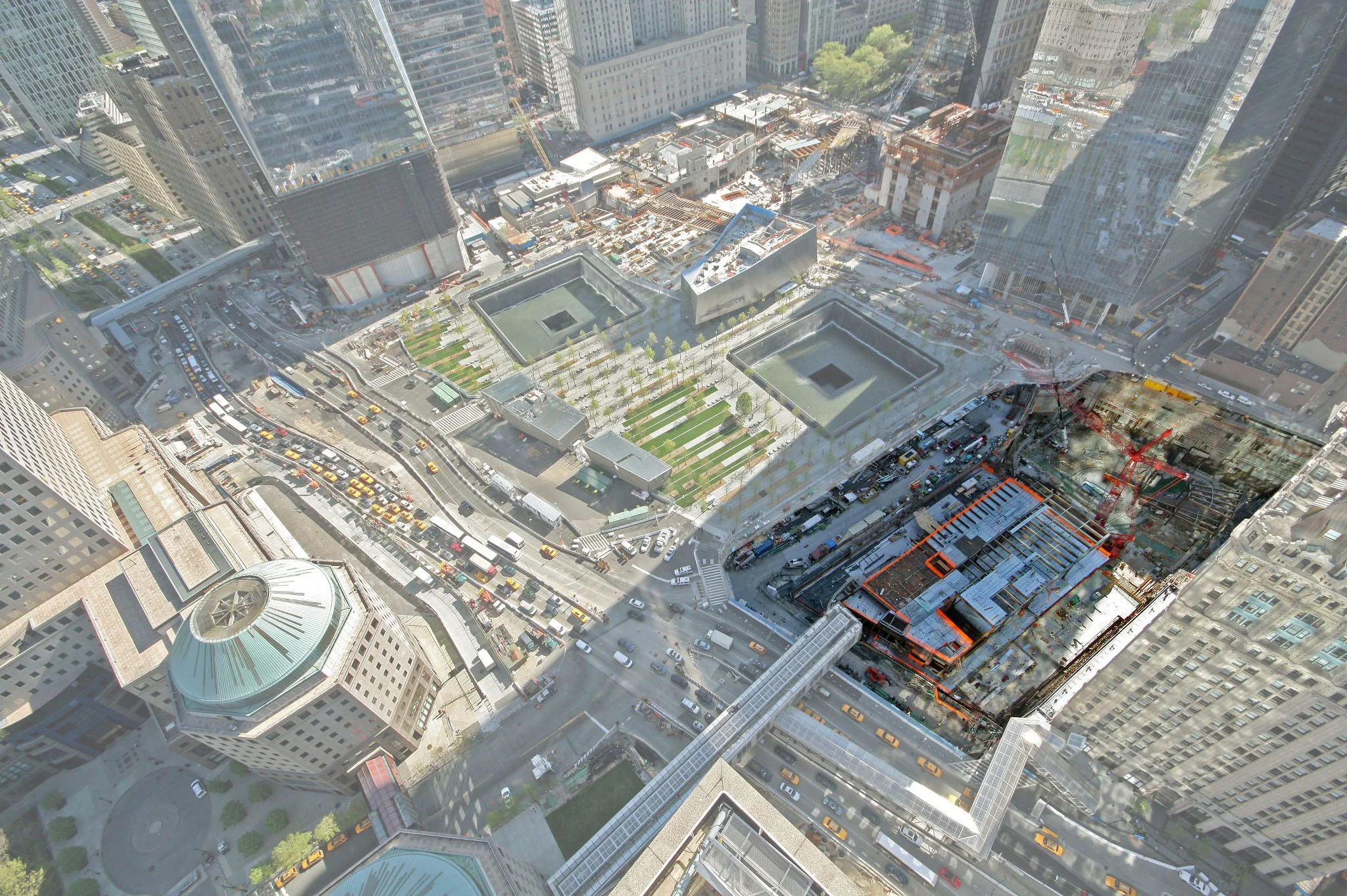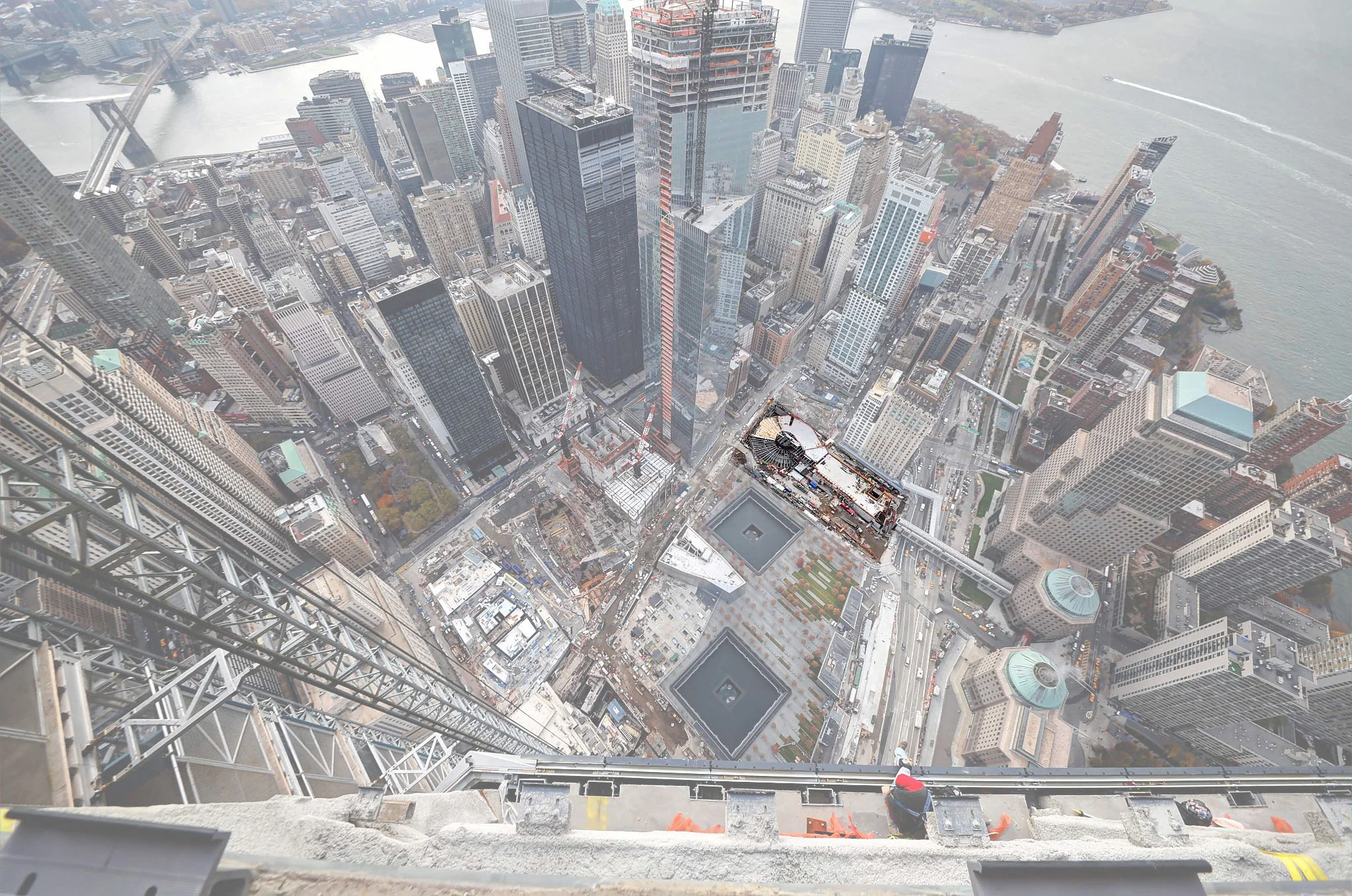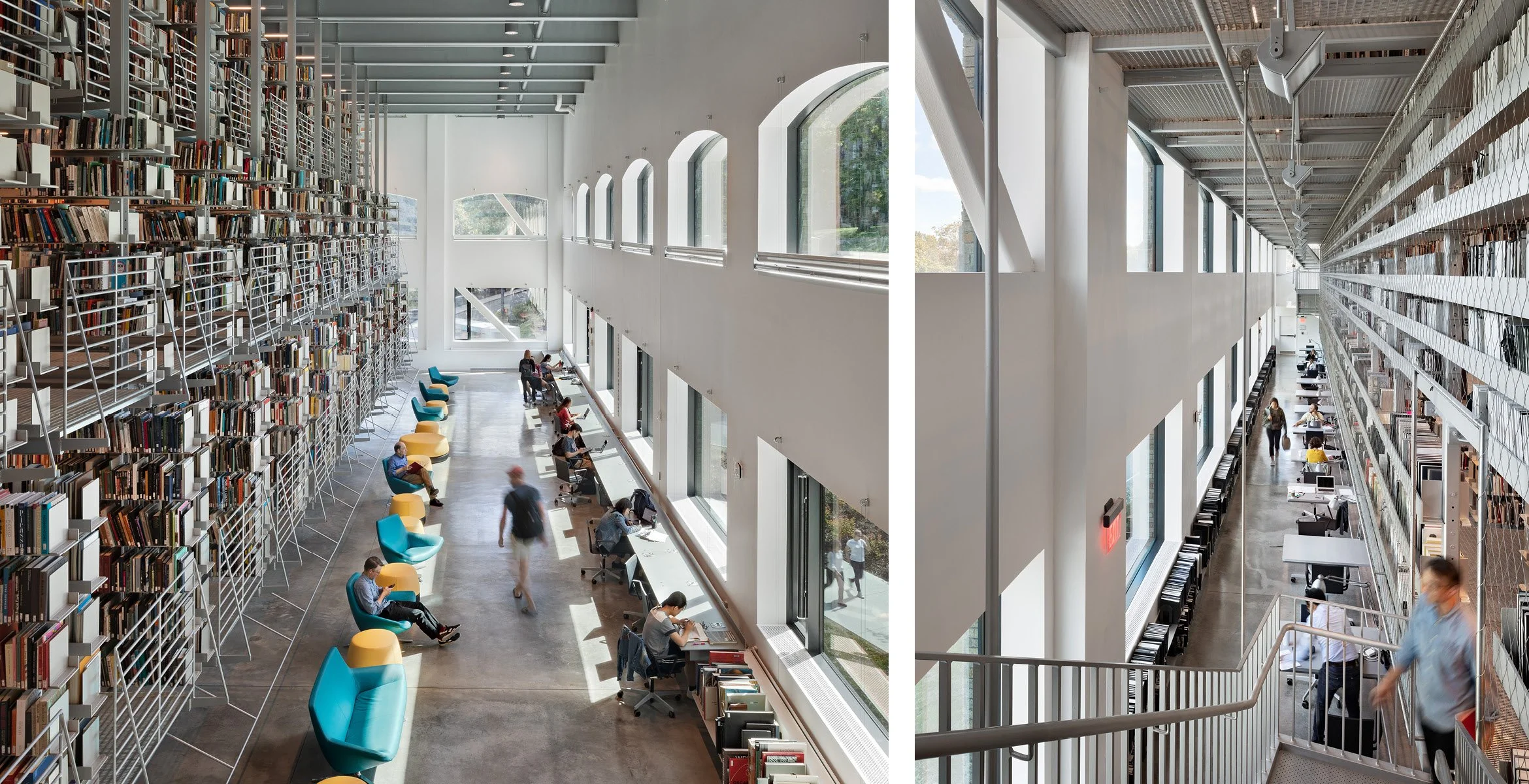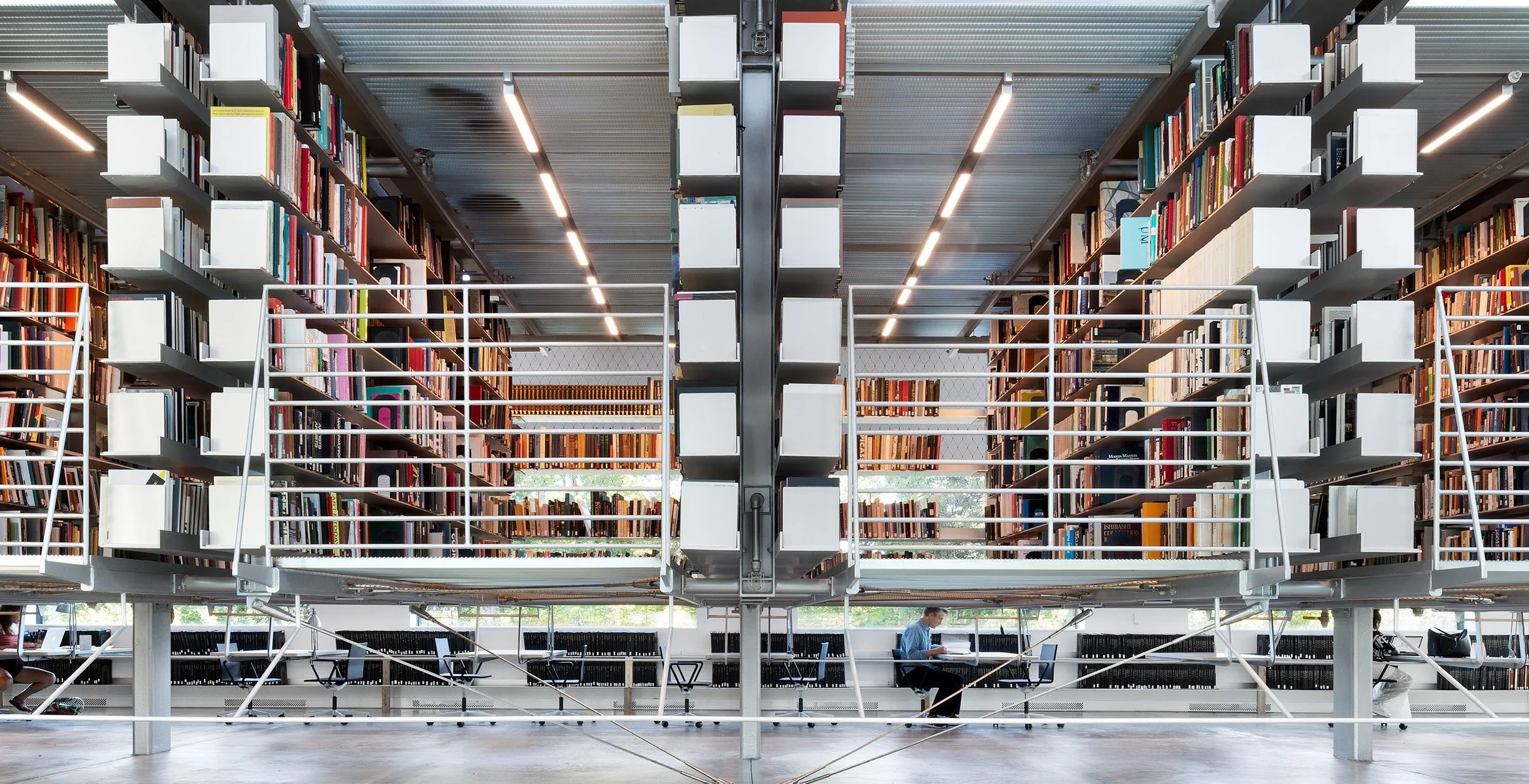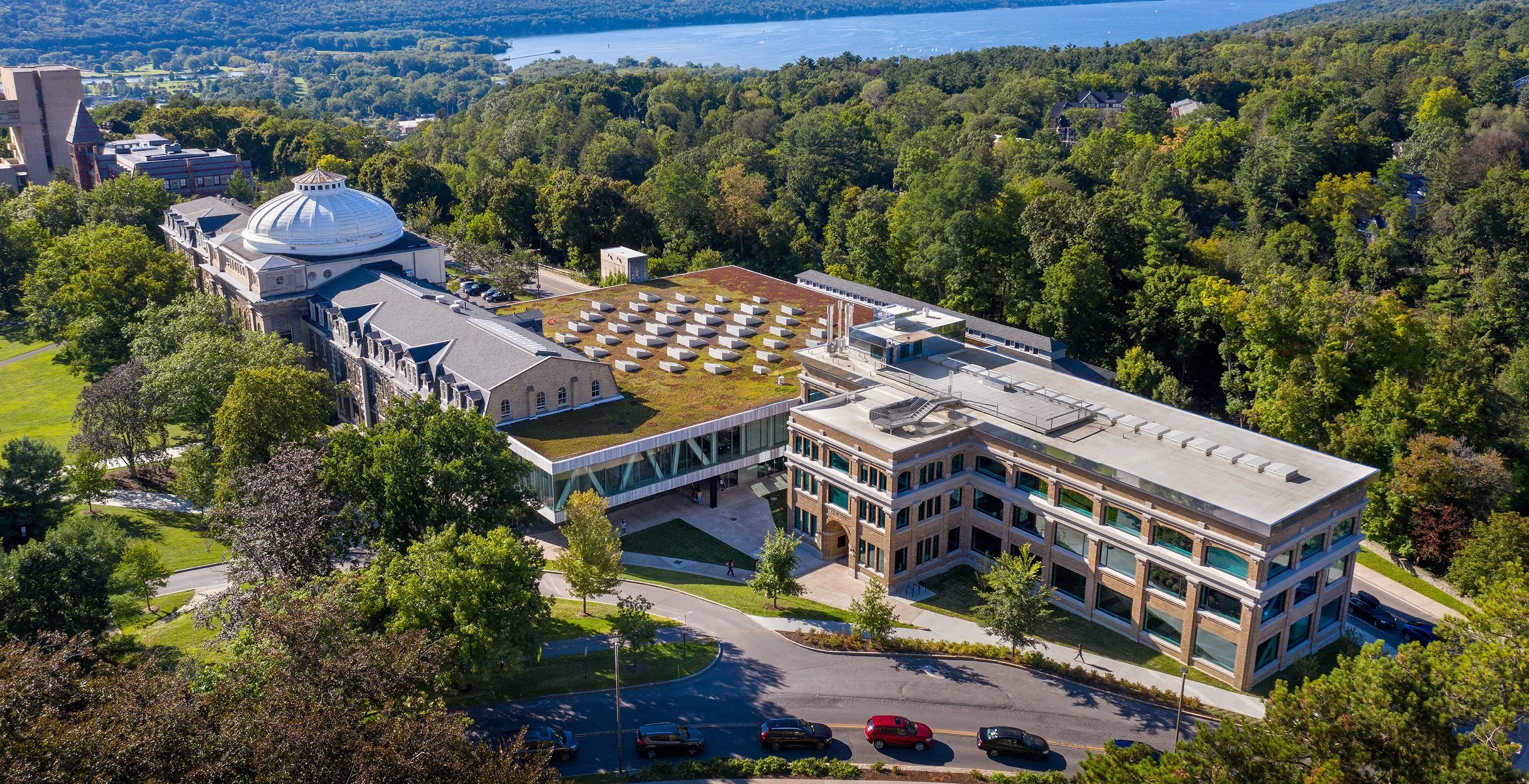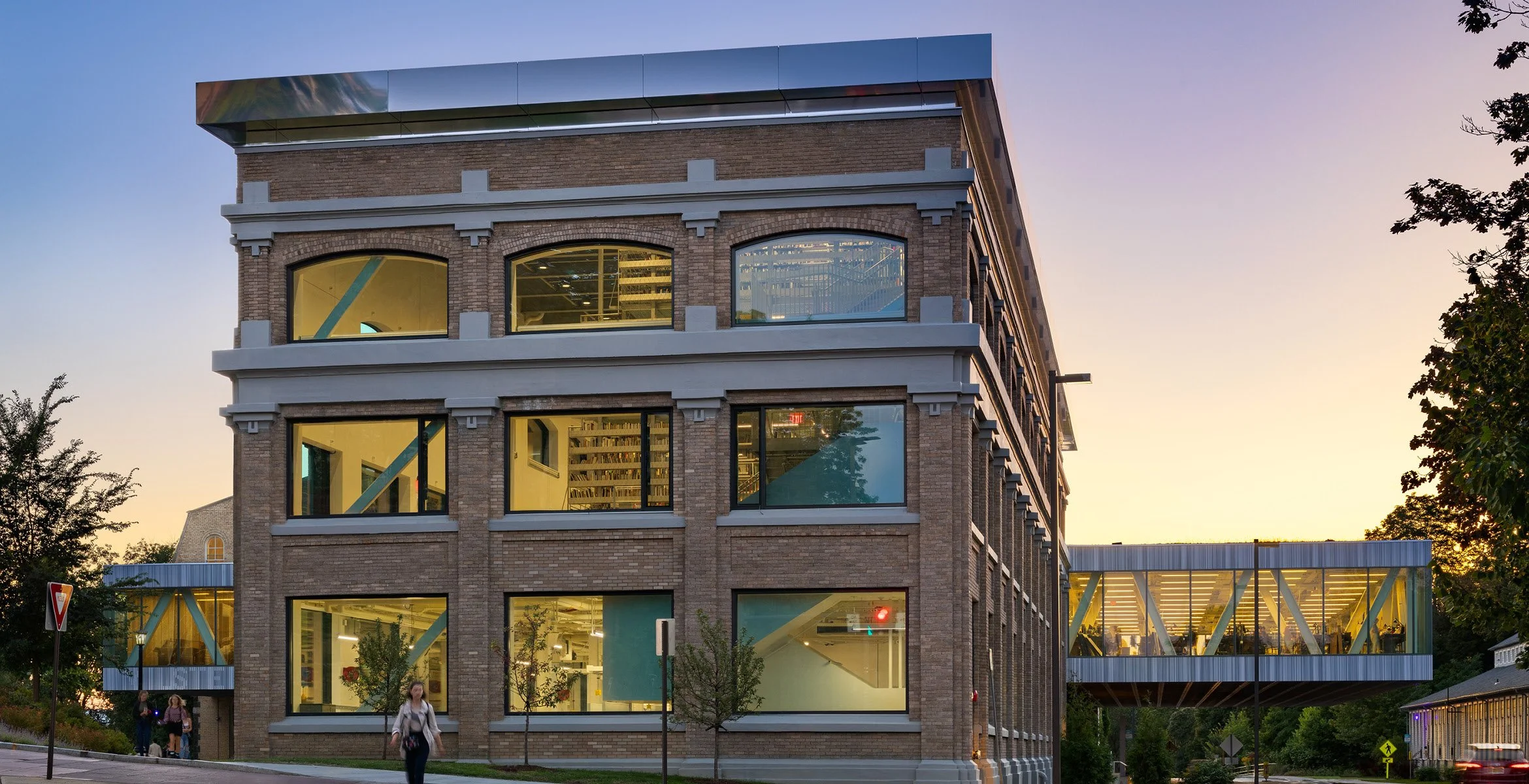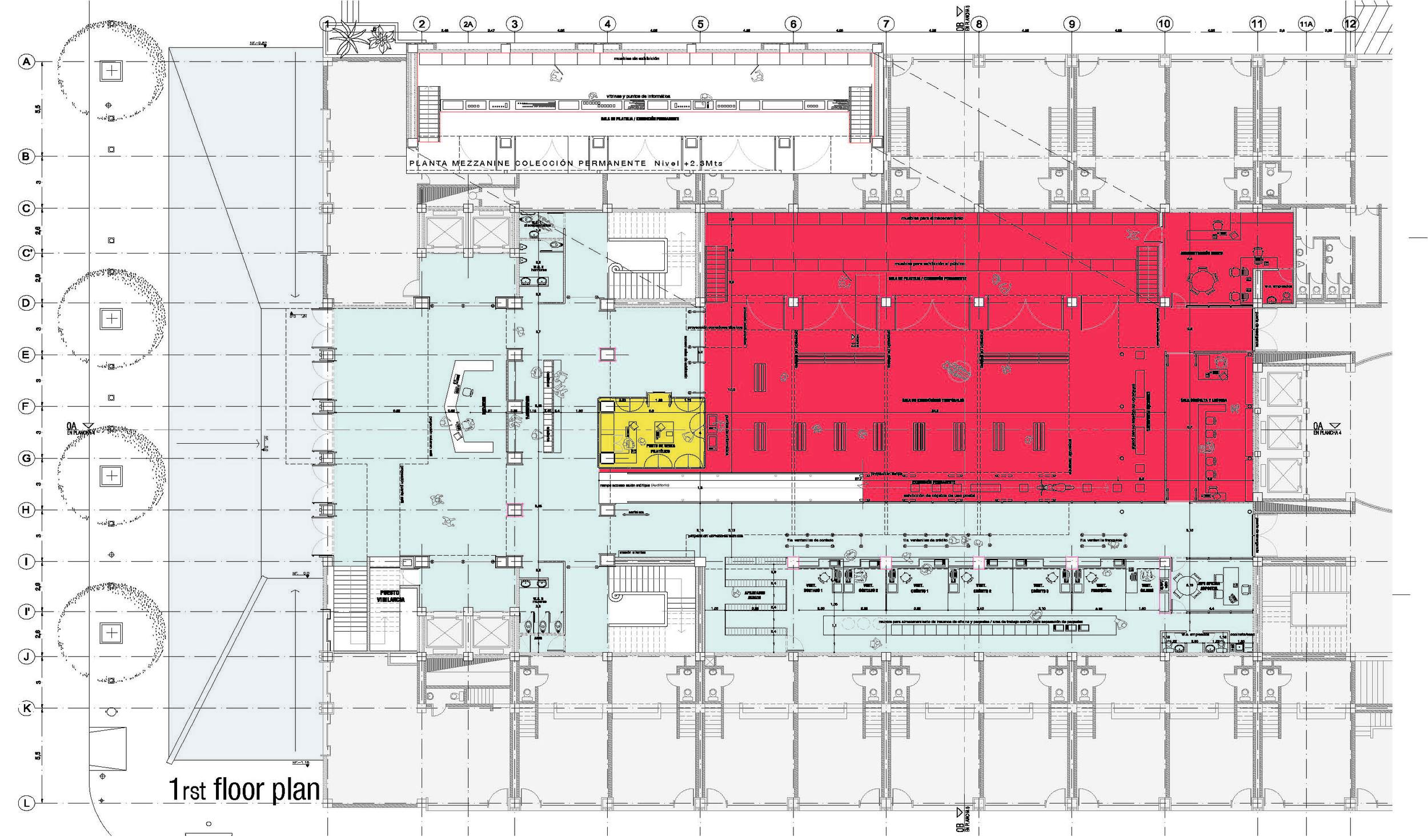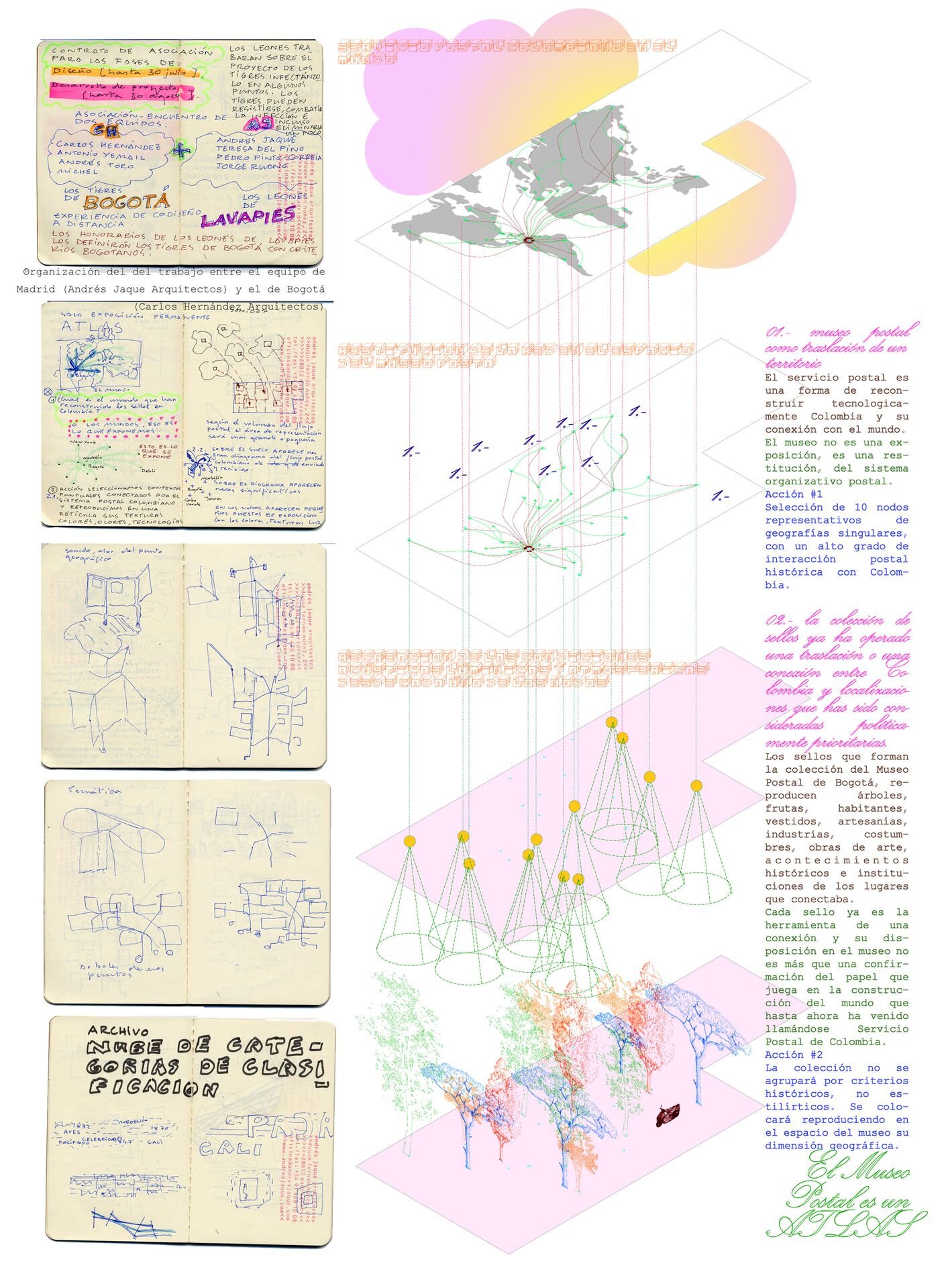Grand central station transit improvements
As part of SL Green’s investment tied to zoning incentives for One Vanderbilt, a series of transit upgrades were implemented to modernize and expand access to Grand Central Station. The scope included new entrances to the station, the 42nd Street Shuttle, and the LIRR East Side Access; the reopening of a concourse to the former Socony Mobil building; and a 40% expansion of the subway station’s mezzanine level through the removal of former Hotel Hyatt service areas. Additional improvements featured ADA-compliant stairs and elevators at Lexington Avenue, along with new platform stairs to enhance circulation and support increased train frequency. I served as Lead Transit Architect as part of Stantec’s team.
World Trade Center Reconstruction Projects
New York City | 2010–2019
During my nine-year tenure contributing to the rebuilding of the World Trade Center site, I played a key architectural role in two major infrastructure projects: the Vehicular Security Center (VSC) and the World Trade Center–Cortlandt Street Subway Station. Both projects were critical to restoring and modernizing Lower Manhattan’s transportation and security networks following the 9/11 attacks.
Cortlandt ST. Subway Station
Reopened: 2018
Destroyed in the September 11 attacks, the Cortlandt Street station was one of the final components of the WTC site to be restored. Now fully rebuilt and renamed the WTC–Cortlandt Street Station, it reconnects the 1 Line of the MTA’s Broadway–7th Avenue corridor with the campus. The 30,000-square-foot station mirrors the aesthetic of the adjacent Transit Hub, featuring large-span construction with no columns at the platform level, full ADA accessibility, and advanced safety and climate systems.
NATIONAL RECOGNITION AWARD
2019 Engineering Excellence Award - Transportation
American Council of Engineering Companies
DIAMOND AWARD
2019 Engineering Excellence Award - Transportation
American Council of Engineering Companies of New York
Vehicular Security Center & Liberty Park
Completed: 2016
The World Trade Center Vehicle Security Center (VSC) is a secure vehicular gateway and underground logistics hub for the 16-acre WTC campus. Located along Liberty Street, adjacent to the 9/11 Memorial & Museum, the VSC facilitates controlled access for truck deliveries, tour buses, and tenant vehicles via an integrated tunnel network. The structure also houses underground parking for tenants and visitors.
Above the VSC, Liberty Park—an elevated one-acre green space—offers a rare blend of urban infrastructure and public space. It also supports the St. Nicholas Greek Orthodox Church, redesigned by Santiago Calatrava.
Cornell Arts Library
Location: Ithaca, NY, USA | Concept Design by: Wolfgang Tschapeller| Architect of Record: STV | Role: Project Architect
The Cornell Arts Library reimagines the academic library as a spatial experience of openness and vertical continuity. The design inserts four suspended mezzanines within the existing volume of the building, supported by a newly constructed steel roof structure. These floating levels form a dramatic 40-foot-tall central atrium that houses over 100,000 volumes.
In contrast to traditional, compartmentalized libraries, the stacks are completely open, with semi-transparent steel grating floors and no interior walls. This creates uninterrupted sightlines across all levels, encouraging visual connection and a heightened sense of shared space.
As Project Architect with STV, I oversaw the translation of this complex conceptual vision into built form, coordinating structural integration, interior detailing, and execution through to completion.
POSTAL MUSEUM
Location: Bogotá, Colombia
Status: Design Competition – First Prize (2007)
Design Team: Andrés Jaque / Office for Political Innovation + Carlos Hernández Arquitectos
The Museo Postal de Bogotá reimagines the role of a museum—not as a static container of objects, but as a spatial reconstruction of the world shaped by the postal service in Colombia. More than a space for exhibition, the museum functions as a dynamic platform for exploring how communication infrastructures helped build a national and global sense of connection.
At its core is an extensive collection of historical stamps. These artifacts are treated not only as graphic documents, but as symbolic contracts—tools that enabled territorial cohesion and shaped Colombia’s collective memory through the images they carried.
The architecture of the museum reflects the networked geography that the postal service once served. Each “node” within the space opens access to intersectional layers of historical, artistic, social, and technological narratives—revealing the complexity of how information, identity, and infrastructure intertwine.
Coordination, design and edition: Luca Moscelli, Teresa del Pino, Pedro Pinto Correia, Jorge Ruano, Andrés Toro, Antonio Yemail
